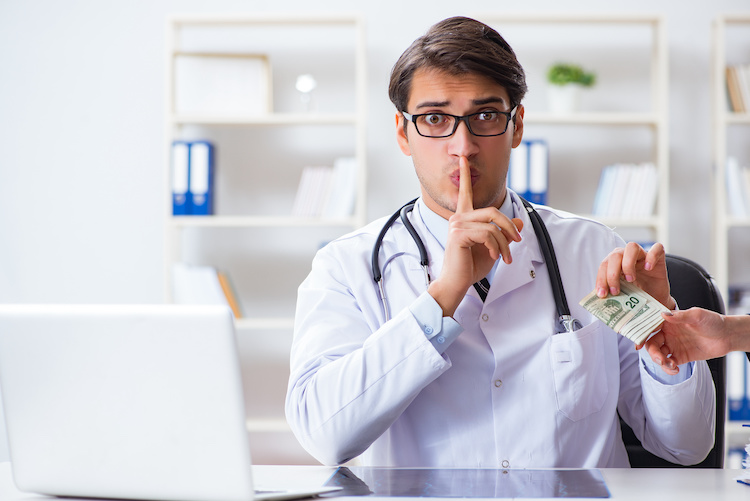You know what’s noble? Curing cancer. At a time when very few Americans agree about anything, we all seem to think that finding a cure for one of the world’s most deadly diseases (and North Carolina’s leading cause of death) is a really good idea.
Even President Obama has thrown down the gauntlet about cancer research, without much backlash.
So if everyone up to and including the President thinks this is so important, then why are cancer drug prices soaring?
A new study out of UNC-Chapel Hill has found that the cost of cancer treatments at launch has increased by as much as 600% in the last 15 years. #smh, indeed.
They Say Jump, You Say “How High?”
It’s not just cancer drugs, either. Prices for medications of all kinds are skyrocketing. Take clomipramine, a long-standing antidepressant that works for obsessive-compulsive disorder. Between the end of 2012 and the end of 2013, a 75 mg. dose of the med jumped from $0.44 to $8.59 per pill...almost a 2,000 percent increase in one year.*
Wow.
Blue Cross and Blue Shield of North Carolina’s calculations have put an average to the increase for insured folks: 33 percent. A full third. That means that if your meds budget was maxed out last year, you can only afford ⅔ of what you need this year. And if you don’t have insurance at all, you’re in even more trouble — many uninsured people are going without their meds entirely. We don’t have to tell you that for people on lifesaving prescriptions, that can be deadly.
The $64,000 Question: Why Are Prices Increasing?
Price increases are a given — drug prices typically go up every year. But not this high, this fast. What’s causing the change?
Shocker: experts don’t fully agree on the answer. But they have some guesses, and they all point to one big problem: generic prescriptions no longer cost less than name-brand drugs.
Harvard Medical School points to five reasons for the generics problem:
- Some generic drugs that are not widely used don’t attract many producers, so one company can get a monopoly on the drug and jack up prices.
- The pharmaceutical industry is consolidating; many big companies are buying up other ones, decreasing competition in the marketplace.
- Sometimes safety issues affect a drug’s availability, causing a shortage and resulting price increase.
- Generics have to be approved by the FDA, too, and there can be a long wait time in the process.
- Generics have to demonstrate that their drug works as well as a name-brand drug. When one company tightly controls availability of the name-brand product, it can be hard for the generic producer to get their hands on it for comparison.
We’ll continue to discuss this complicated issue as it unfolds. In the meantime, talk to us. Have your prescriptions become too expensive for you? What are you doing about it? Tell us here.
*If you want to be really shocked about drug prices, check out the National Average Drug Acquisition Cost (NADAC) spreadsheets available here. We looked at the Archived 2013 and DRAFT 2012 NADAC Weekly Files. You have to download the data and dig through it a little bit, but it’s worth the eye-opener.







.jpeg)

